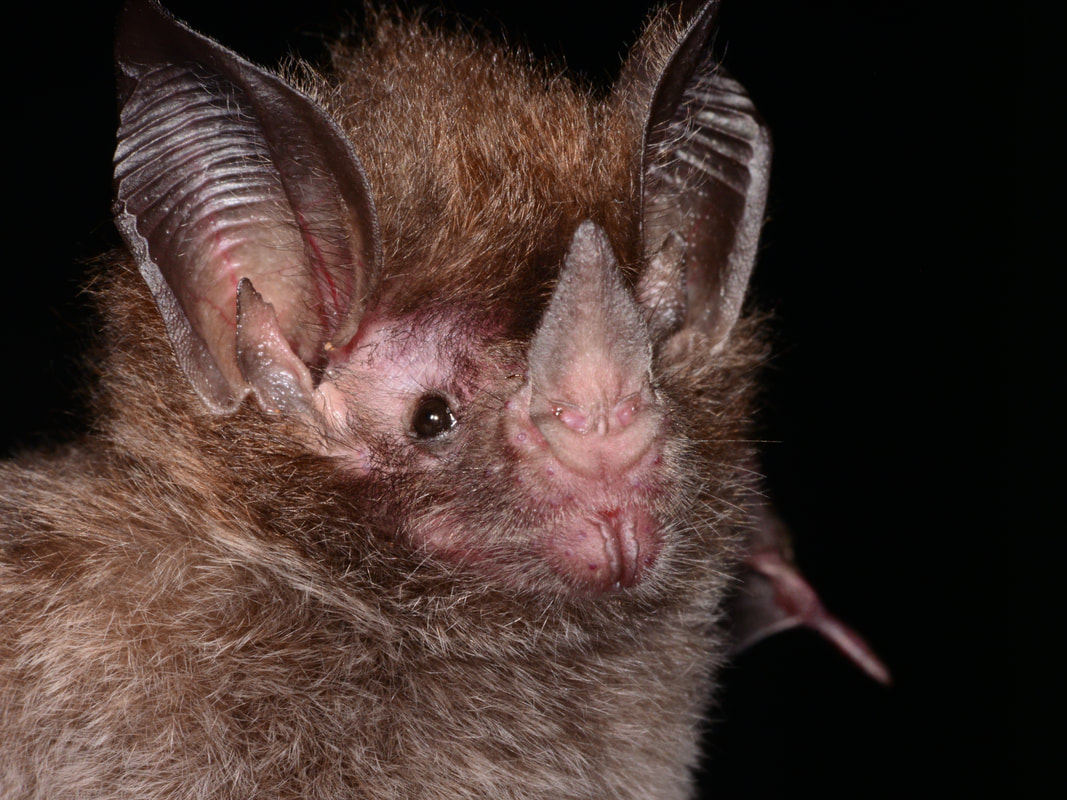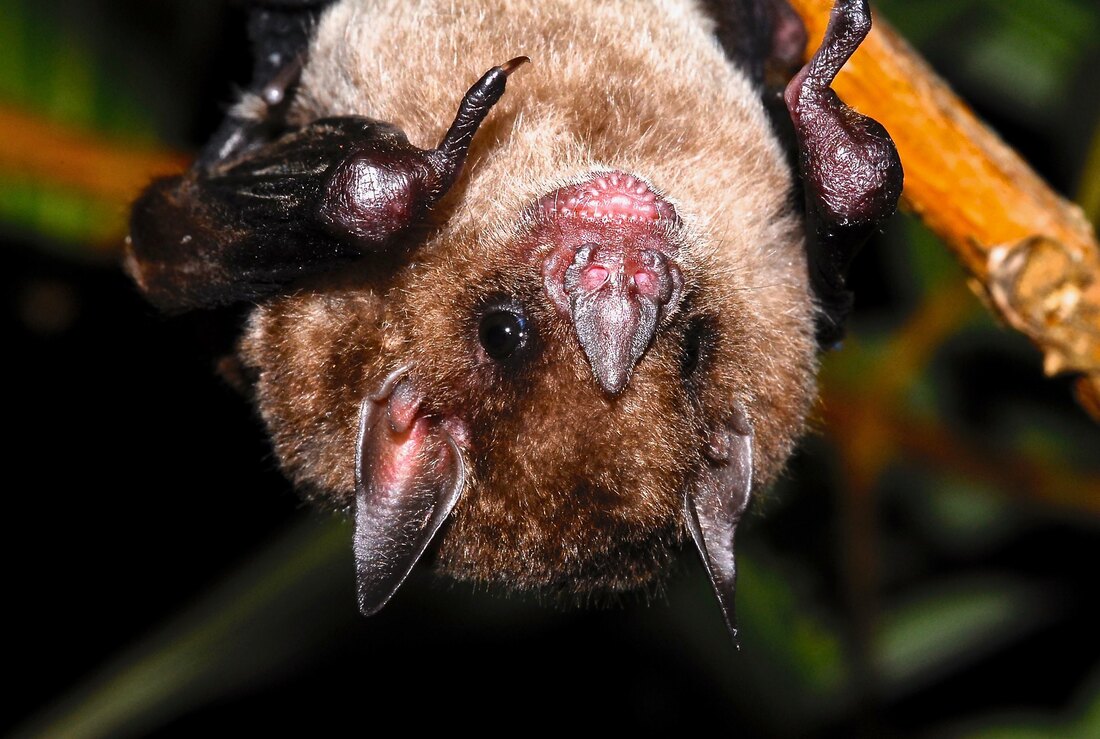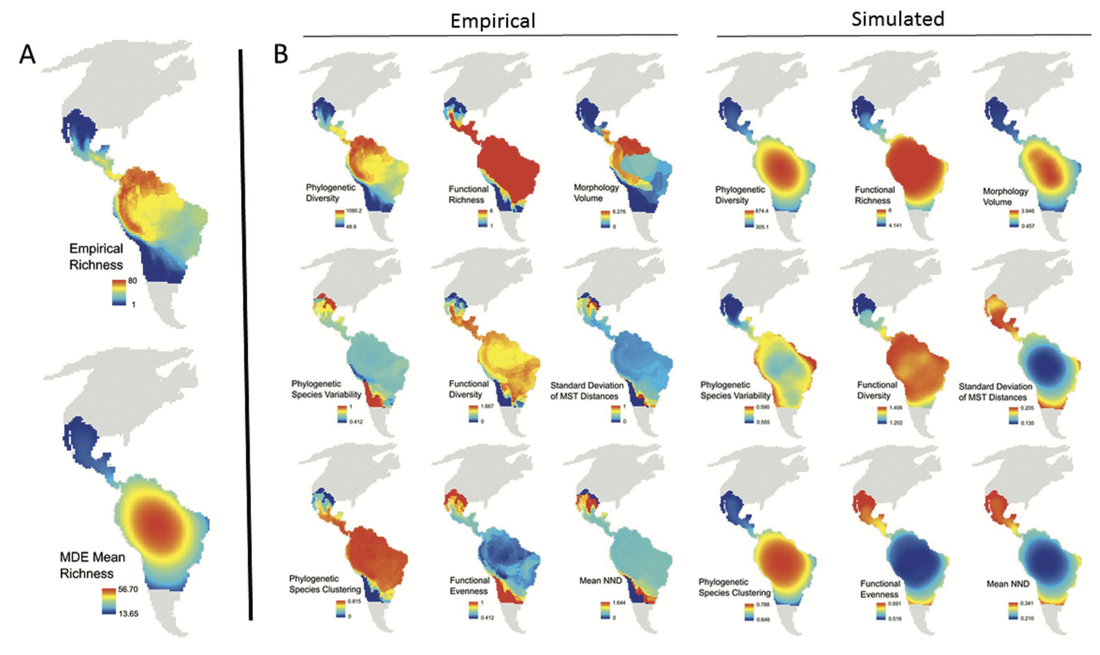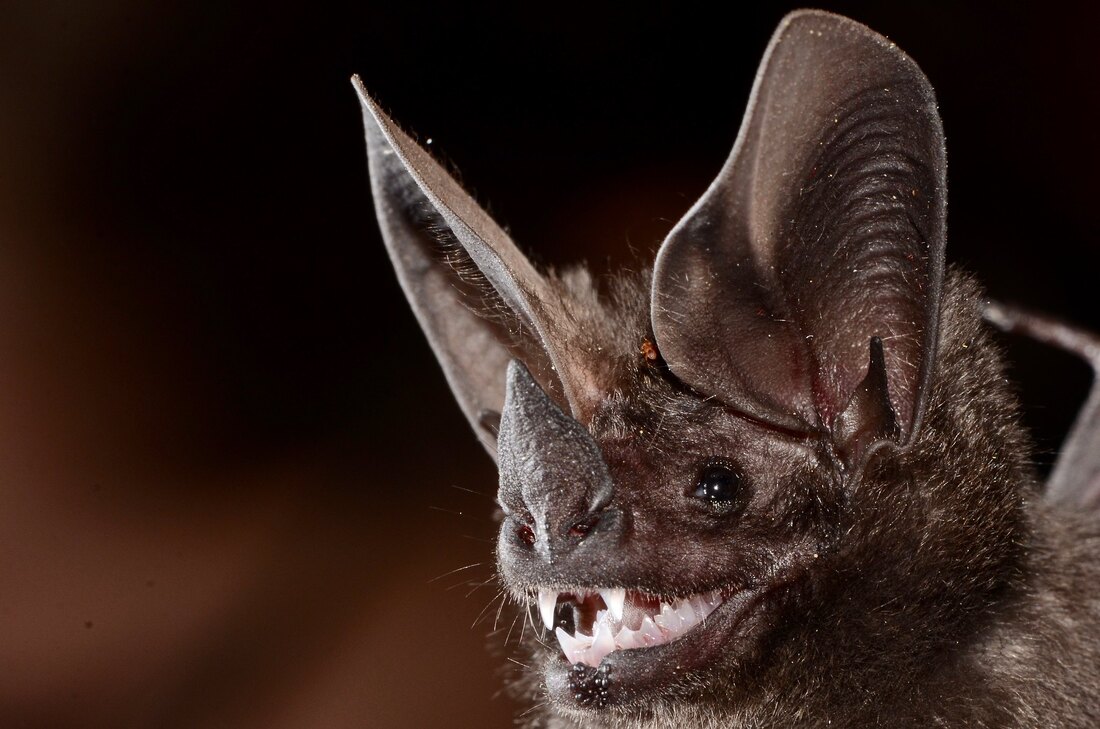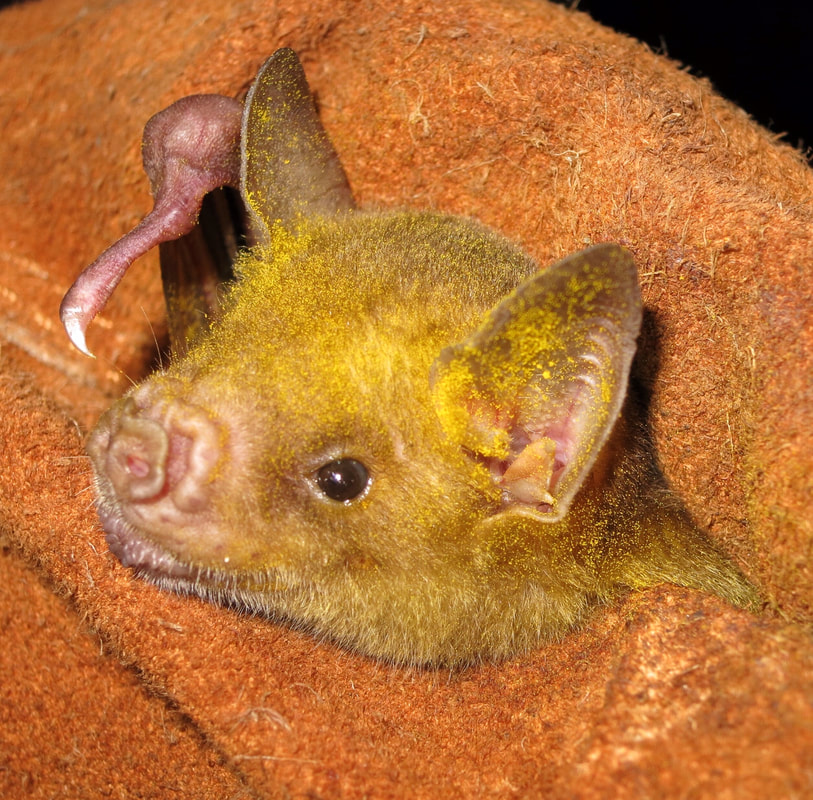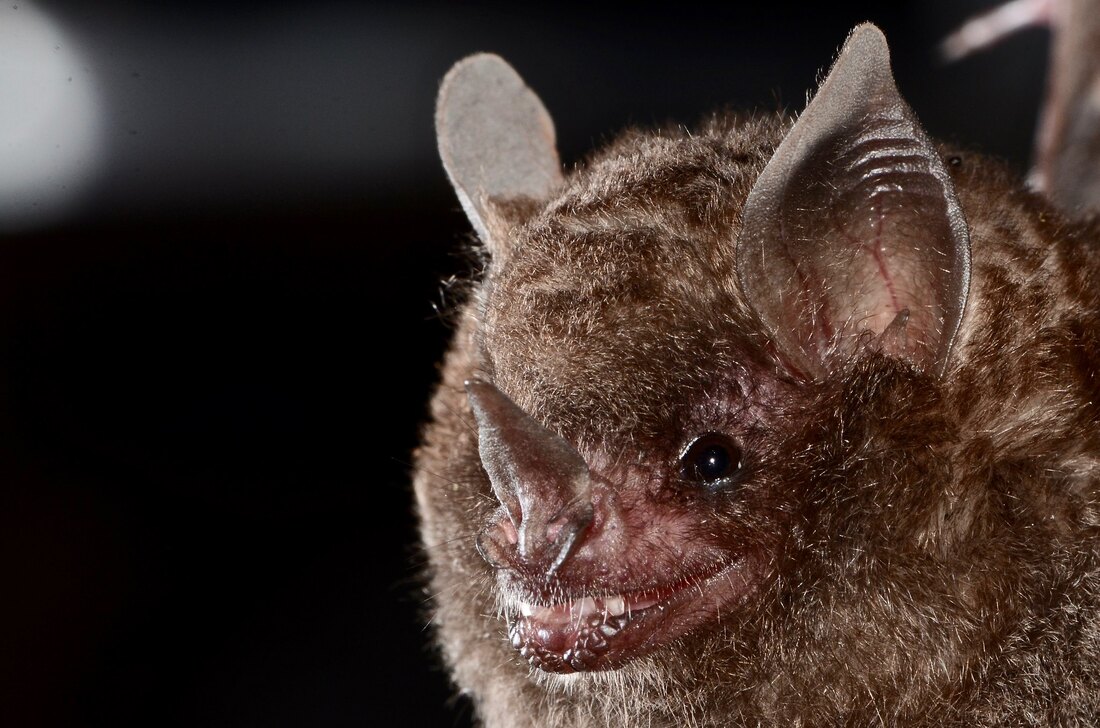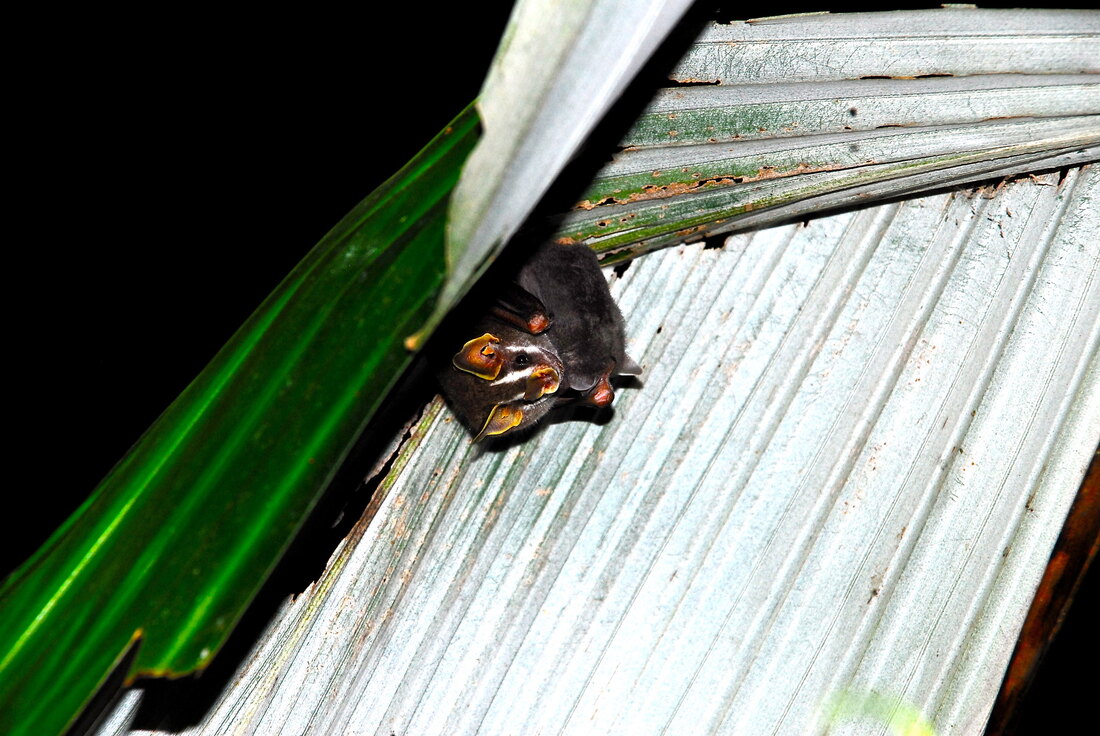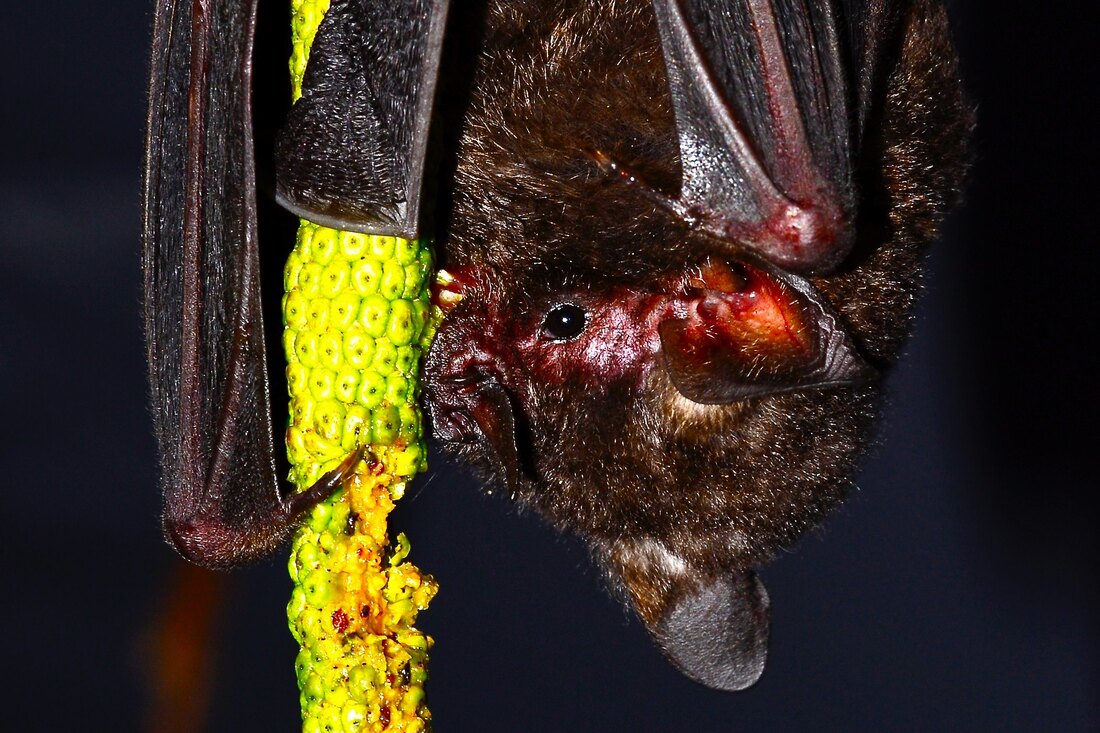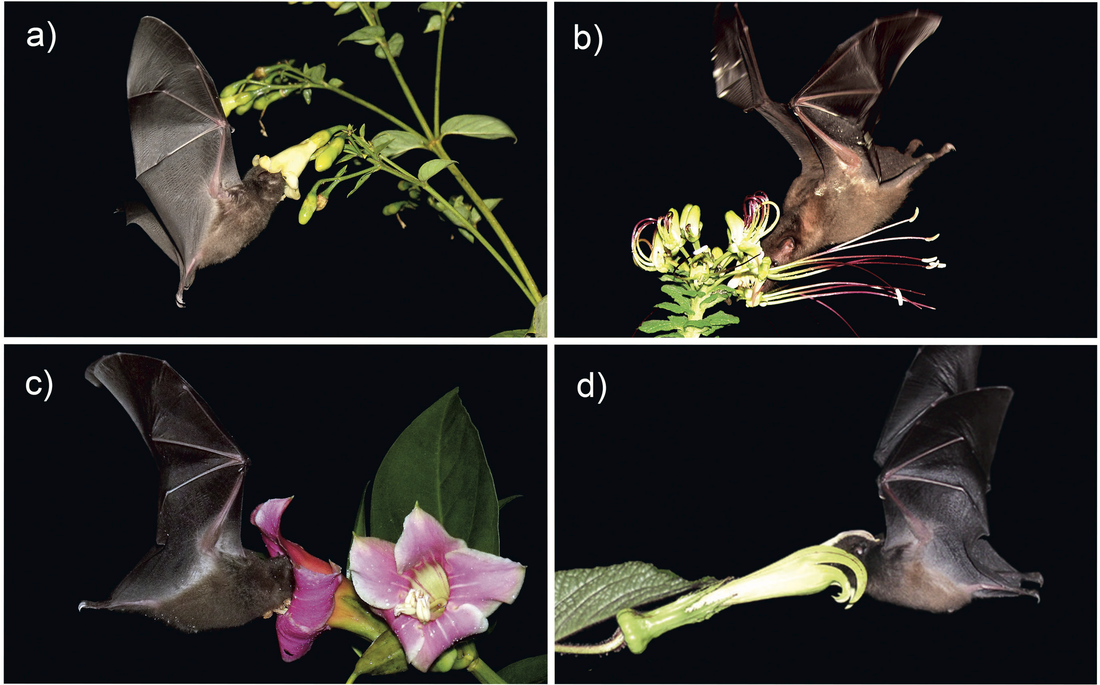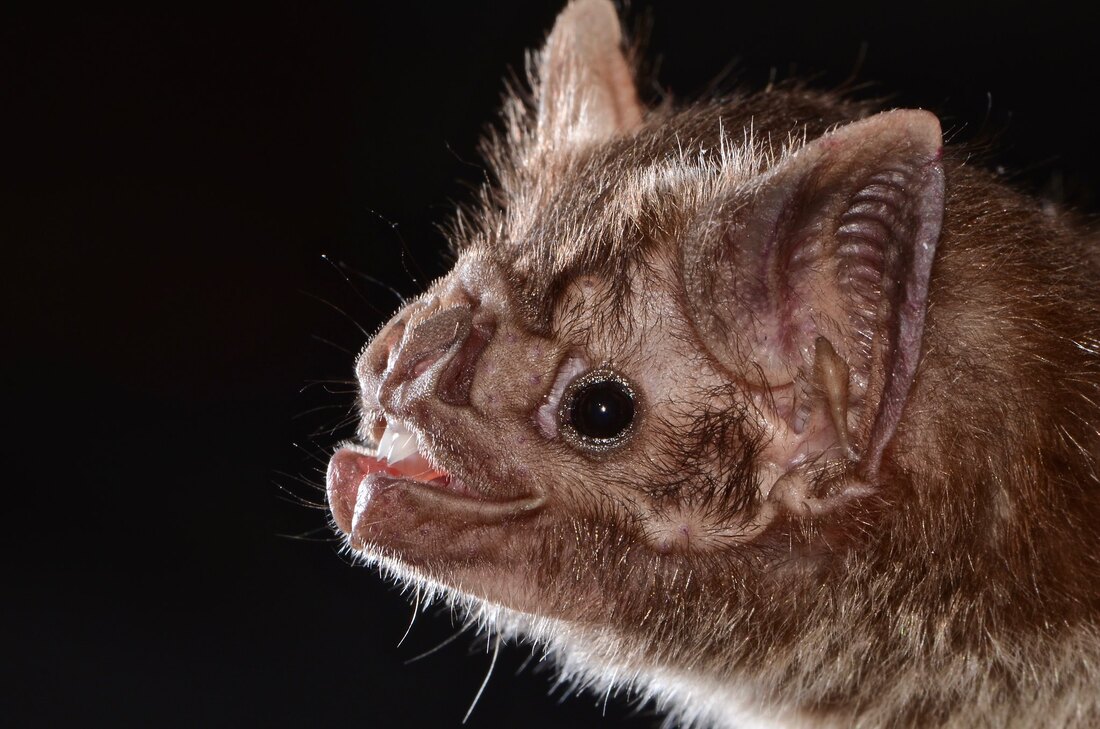Jafet M. Nassar, Luis F. Aguirre, Bernal Rodríguez-Herrera, and Rodrigo A. Medellín New World leaf-nosed bats stand out as the most versatile bat family within Chiroptera for their broad spectrum of ecological functions and ecosystem services. Paradoxically, phyllostomid bats, and bats in general in the region, face the negative impacts of several extrinsic threats that are mainly responsible for their population decline, in some cases driving them toward local extinction. Habitat loss and roost disturbance and destruction are the two main factors affecting them over their entire geographic range. Globally, 13 species (6% of 216 recognized taxa) have been assigned to threatened IUCN categories. At the regional level, percentage of threatened species stands below 32% (North America: 31%, Central America: 31%, South America: 26%, Caribbean: 12%). In the last decade, bat conservation activism and conservation-oriented research have increased significantly across the Americas and the Caribbean, generating measurable positive effects for many species, including many phyllostomids. These positive impacts are being achieved through the interplay between research, environmental education, and conservation applications as a function of regional and local conservation strategies. Emergence of new threats to bats in the Neotropical region, such as development of wind energy facilities and emerging and reemerging zoonotic viruses, calls for the intensification of these concerted actions on behalf of bats.
0 Comments
|
Meet the editors!
Theodore H. Fleming, Liliana M. Dávalos, & Marco A. R. Mello Keywords
All
|
